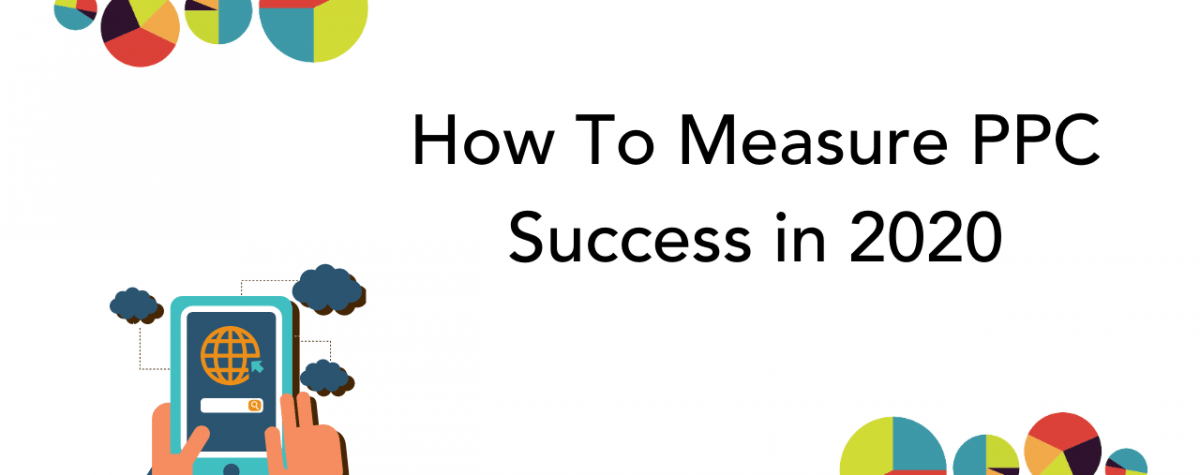How To Measure PPC Success in 2020


When you’re spending good money on ads, you need to know that what you’re doing is working and working well. You need to know that you’re running your ads in the most effective and efficient manner possible. Otherwise, you’re going to lose sleep!
In this article we’re going to outline some ways in which you can effectively measure your PPC success in 2020.
Clearly defining your business goals and mapping them to your website, analytics and PPC strategy is the essential first step in measuring digital success, particularly in PPC campaigns. Identify your primary objective of your website. If your business operates on a Lead Generation basis then define what a lead is. Is it a phone call or a contact form submission? If so, how can you track those things? Once you have clearly defined what a lead is to you, then you can easily measure how successful PPC is in generating more of that lead.
Attribution modelling allows you to view how your ads are performing relative to your other digital channels. The default attribution model of Google Ads is called “Last Click”. The Last Click Model attributes the entirety of a conversion to the last click a user made before entering the site and converting. For example, when a user clicks on an ad that takes them directly to the site and that user then sends a lead form, that ad that they clicked is given 100% of the credit for generating that lead.
What this model leaves out is that more often than not, there are multiple steps along a user’s journey to reaching your site. As an example, a user may be browsing blog sites that you have served a display ad on. The user sees your ad but does not interact with it. Two days later the user has a need for your service, recalls your ad and searches for your site through Google. The user then enters your site from the Search Engine Results Page and sends a leadform. Last click in this instance would give 100% of the lead generation credit to Organic Search and ignore the fact that the user would not have known of your service offering were it not for the display ad they saw on the blog 2 days prior to converting.
A linear attribution model would grant both of the touch points in the user’s journey to the site equal credit for the conversion. This grants you a better insight into how your ads are actually affecting your bottom line. While the ads you’re running may not be directly responsible for generating leads, they may well be generating awareness and consideration for your brand and could be indirectly increasing your leads significantly.
Clarity and efficiency are essential when you are reporting on your PPC campaigns. Being able to view, understand and Incorporating a visual element into your reports will help you to understand large data sets and trends over time. The use of colour can help you to make sense of a report quickly if you are looking at a high level overview.
Whatever way you decide to visualise your data and reports for your PPC campaigns, the important thing is that you do. You will need to be reactive and proactive about making changes to your account in a very short time frame on a regular basis. Having easy to read and understand reports will make you more agile with your PPC and allow you to make informed decisions at a quicker rate.
So, if you’re trying to enhance your measurement strategy for your PPC campaigns in 2020, consider the steps we’ve outlined above. Your ability to measure success will inform your decision making and strategy going forward with any campaigns and can have a massive impact on your bottom line, so ensure you can measure it well.
Happy measuring!
Core Optimisation is a performance-based digital agency which helps you grow your online revenue. Our starting point is always you. We get to know your brand from the inside out and the outside in. If you’re interested in learning more give us a shout!